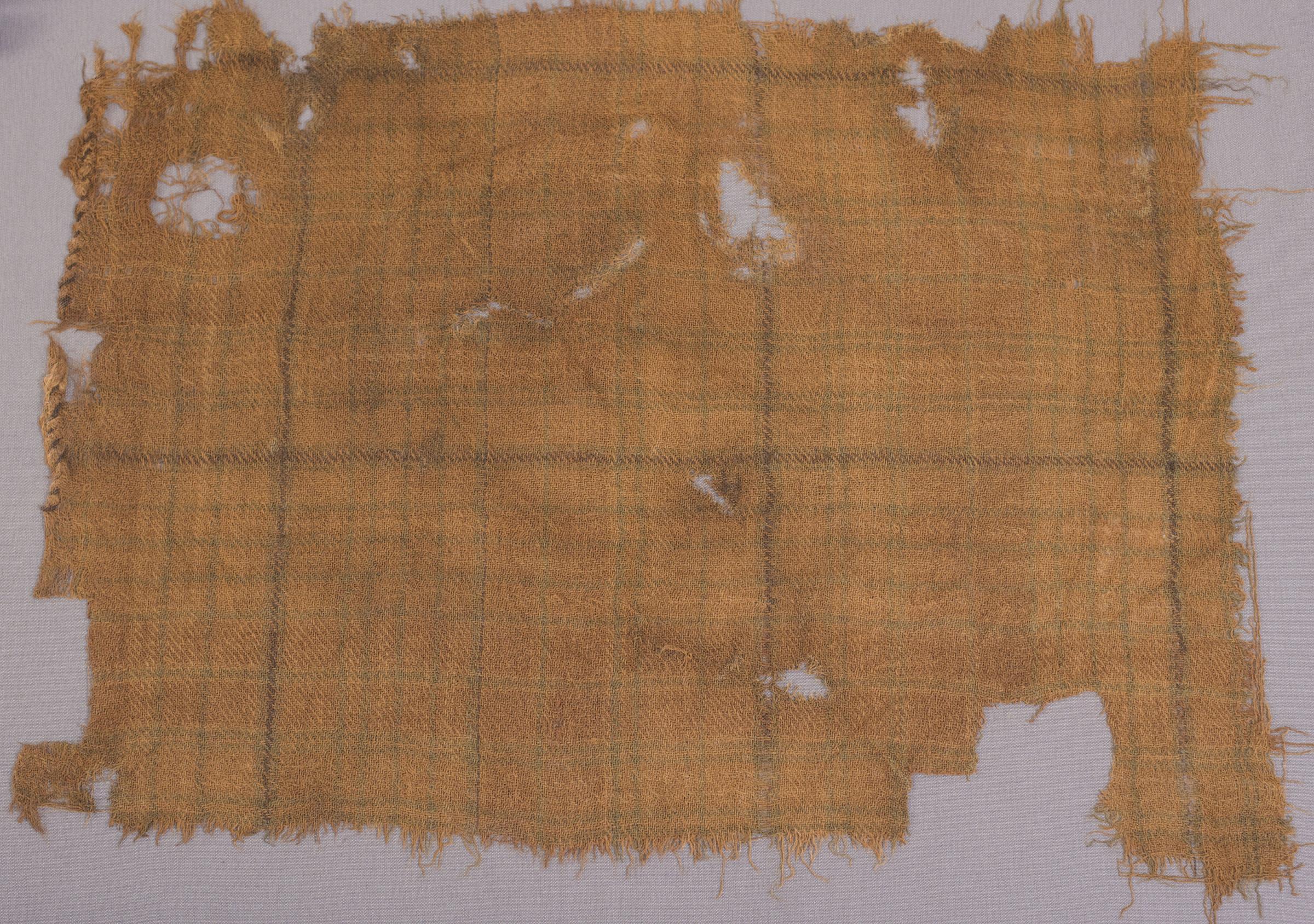Anthropology
Related: About this forumScotland's 'oldest' tartan found in Highlands bog
NBC News
March 28, 2023, 8:43 AM EDT
By Mithil Aggarwal
A piece of fabric discovered in a bog in the Scottish Highlands might be the oldest traditional tartan ever found, new research suggests.
The piece of material could be up to 500 years old, according to scientists, who said it survived due to the lack of air getting to it. The fabric was found almost 40 years ago in a peat bog — a type of wetland — in the Glen Affric valley, some 15 miles west of Loch Ness.
It is believed to have been made in the 16th century around the time of the reign of Mary, Queen of Scots, according to dye analysis and radiocarbon testing that was commissioned by the Scottish Tartans Authority and released this week.
The 55 cm by 43 cm (almost 22 inches by 17 inches) piece of Scottish history is now expected to go on display at the Scottish V&A Dundee museum’s Tartan exhibition on April 1.
https://www.nbcnews.com/news/world/scotlands-oldest-tartan-found-highlands-peat-bog-rcna76765
The article said an analysis found the colors in the garment were green, brown and possibly red and yellow.

Simeon Salus
(1,334 posts)This quality of weaving didn't suddenly spring forth from some inventor, it was the folkway work of many quite ingenious and competent women.
Warpy
(113,130 posts)of woven or twined textile impressions on clay fired in large camp fires or even pits, of net headdresses on sculpture. They were good at it by then, meaning the tradition(s) had existed for thousands of years, already.
wnylib
(24,374 posts)there are the actual textiles themselves found with the Tarim Basin mummies in western China dating to around 4000 years ago. They are woolen and have a plaid, or tartan, pattern woven the same way as the tartans of Scotland. The wool comes from the same species of sheep found in Scotland. There was also a woman's conical felt hat that looks identical to what we call a witch's hat.
The mummies themselves were not Egyptian style mummies. They were preserved in dry desert graves. Several of the mummies have blond or brown hair and blue eyes.
DNA tests indicate that they were related to and partially descended from the Ancient North Eurasian culture about 40,000 years ago in Siberia, which spread East, West, and South, intermixing with other populations. They contributed genetically to the ancestry of Native Americans as well as northern Europeans and some Asian populations.
https://en.wikipedia.org/wiki/Ancient_North_Eurasian#:~:text=The%20%22Ancient%20North%20Eurasian%22%20(,variety%20of%20populations%20across%20Eurasia.
Warpy
(113,130 posts)so of course there is direct evidence.
The indirect evidence goes back ten times that long, and indicates they were producing fine textiles even then.
Textiles found at Must Farm, along with pieces of a warp weighted loom, go back at least 3,000 years. The intact cloth was made of bast fibers, mostly lime tree, and was easily as fine as cloth used for garments today.
wnylib
(24,374 posts)That's why I included the Tarim ancestry to the Ancient North Eurasians that do go back that far.
I learned about the very old textile prints in clay from from reading articles by Dr. Adovasio, former director of the Mercyhurst Archaeogy Institute in Erie, PA. His specialty is textiles and basketry. He did work in eastern Europe on Paleolithic textiles.
Adovasio is the archaeologist who excavated the Meadowcroft Rockshelter near Pittsburgh that yielded dates of 14,000+ years ago, adding to the demise of the Clovis First theory.
Archived - no paywall
https://archive.nytimes.com/www.nytimes.com/library/national/science/121499sci-archaeology-women.html
keithbvadu2
(40,091 posts)It must require some protection/preservation like an inert gas and avoiding light such as flash photography.
Redleg
(6,135 posts)As far as the experts know, Connor is still living and still trying to keep his head attached to his neck.